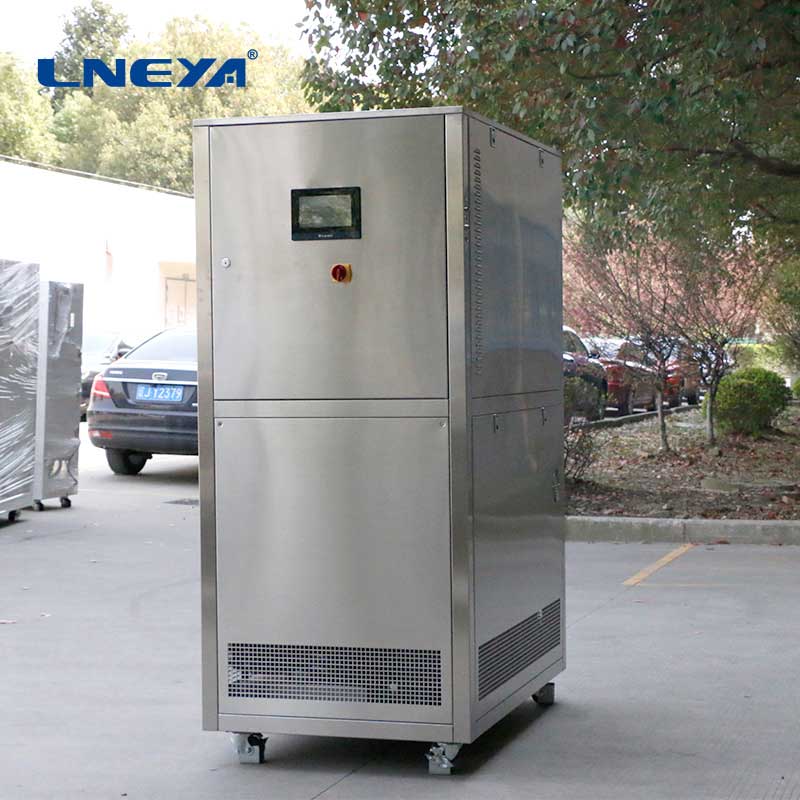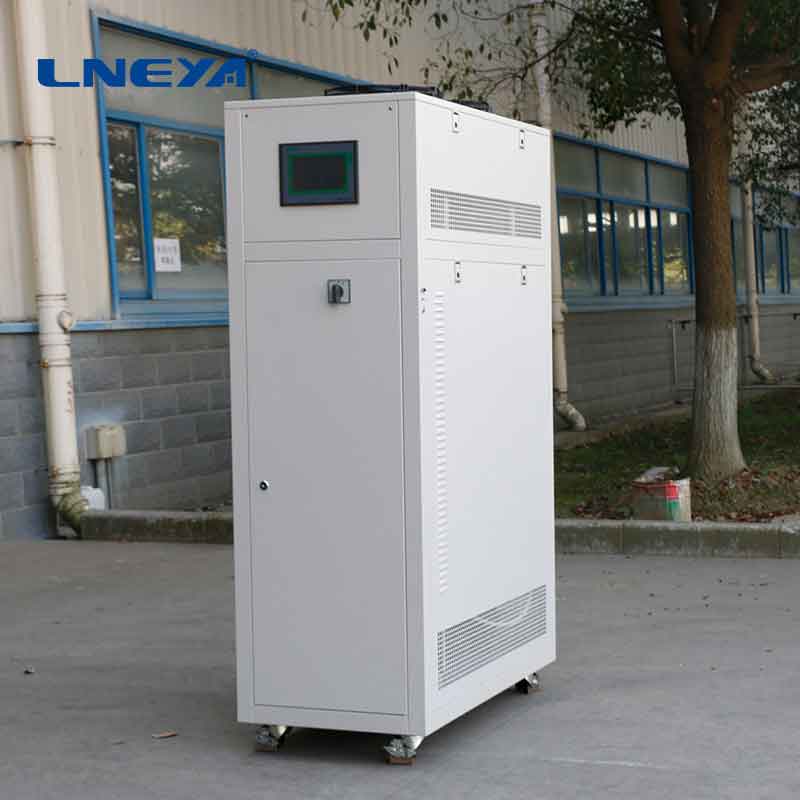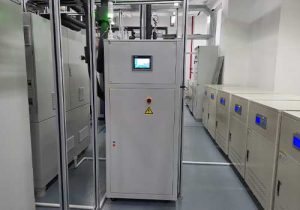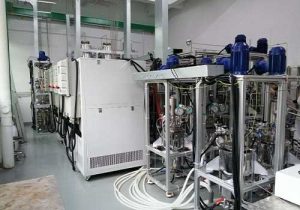cooling capacity of chiller
Understanding Cooling Capacity of Chillers
The cooling capacity of a chiller is a fundamental aspect of its performance, defining its capability to extract heat and maintain desired temperatures. It is commonly measured in tons of refrigeration (RT), where 1 RT is equivalent to 12,000 BTU per hour (BTU/h)。 Alternatively, it can be expressed in kilowatts (kW), with 1 kW equal to 3412 BTU/h。 The calculation of cooling capacity involves the formula Q = mcΔT, where Q represents the heat load, m is the mass flow rate of the chilled water, c is the specific heat capacity of water, and ΔT is the temperature difference between the supply and return water。

Factors Affecting Chiller Efficiency
Chiller efficiency is inextricably linked to its cooling capacity and is often gauged by the Coefficient of Performance (COP), which is the ratio of the cooling output to the electrical energy input。 A high COP indicates greater efficiency. Other metrics include the Energy Efficiency Ratio (EER), which compares cooling capacity in BTU/h to power input in watts, and kW/Ton, which is derived from the power input in kW divided by the cooling capacity in tons。 Operational factors such as load conditions, water flow rate, and cleanliness of the heat exchanger significantly impact efficiency。
Strategies for Maximizing Chiller Efficiency
To maximize a chiller’s efficiency, it’s essential to select the appropriate type and size based on the specific cooling demands and environmental conditions。 Regular maintenance is crucial, including cleaning of coils and tubes, and monitoring water quality to prevent scale, corrosion, and biological growth。 Implementing a proper water treatment program and conducting periodic energy audits can also enhance efficiency。

Maintenance and Safety Considerations
A comprehensive maintenance program is vital for maintaining chiller efficiency and preventing malfunctions. This includes daily logging of operational data such as flow rates, temperatures, and pressures, which can help in diagnosing issues and optimizing performance。 Safety features like high and low-pressure cut-outs, flow safety thermostats, and freeze safety devices are integral to preventing industrial hazards and ensuring the safe operation of chillers。
Applications and Special Considerations
Chillers are used in a variety of industrial applications, from food processing and brewing to medical equipment cooling and HVAC systems。 In these applications, precise temperature control and reliable operation are paramount. For instance, in the brewing industry, chillers are used for processes like wort cooling and fermentation control, where tight temperature management is essential for quality and consistency。

Conclusion
The cooling capacity of a chiller and its efficiency are pivotal for various industrial and commercial applications. By understanding the factors that influence these metrics and implementing strategic maintenance and operational practices, businesses can ensure optimal performance, reduced energy costs, and compliance with environmental regulations. Regular monitoring, proper maintenance, and the use of advanced chiller technologies contribute to achieving these goals and sustaining efficient cooling operations.
Related recommendations
New Energy Vehicle Motor Test System Chillers
1137New Energy Vehicle Motor Test System Chillers Before installing the chiller of the new energy vehicle motor test system, the environment and equipment unit inspection should be done to avoid...
View detailsheat and cooling units
202Introduction to Heat and Cooling UnitsHeat and cooling units play a pivotal role in creating and maintaining comfortable indoor conditions. Whether it's the frigid cold of winter or the sweltering...
View detailsThe Importance of Cleaning Your Chiller Every Day
1148The Importance of Cleaning Your Chiller Every Day The industrial chiller has some minor faults and the maintenance cost is very high, in order to avoid unnecessary expenses. The chiller manu...
View detailschiller industri
556Industrial Chillers: A Comprehensive Guide What Are Industrial Chillers?Industrial chillers are cooling systems designed to remove heat from a process or equipment in an industrial setting. The...
View details
 LNEYA Chiller
LNEYA Chiller







HelloPlease log in